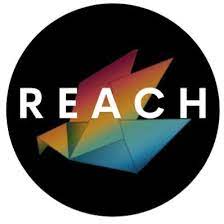A program in rural Ithaca, NY offering low threshold access to opioid use disorder treatment and harm reduction services
Supported by a Pew Charitable Trusts grant program for community based organizations, since 2018 the non-profit Respectful, Equitable Access to Compassionate Healthcare (REACH) Project has provided low threshold harm reduction services and buprenorphine treatment to low income individuals with opioid use disorder (OUD) in the rural Ithaca, New York area. Although the program was started in order to reduce the gap between an acute need for OUD medication-assisted treatment and its limited availability, REACH also provides non-drug related medical care, behavioral health services, and links to housing and employment assistance. Staff are trained in cultural competency, enabling a stigma-free, respectful, and compassionate approach to patients, resulting high retention in treatment.
In its first 6 months of operation, the Reach Project served over 600 patients, and has undergone expansion in response to demand outside the Ithaca area. REACH has since been replicated in New York City as a hospital-based harm reduction program. A detailed description of its goals and operations is here, and a news article about it here. The program has also adapted its approach to the Covid-19 pandemic using telemedicine, which has further contributed to lowering barriers to compassionate care for OUD.
Stigma-free compassionate care is the key component of the model being used at REACH and it’s working.









